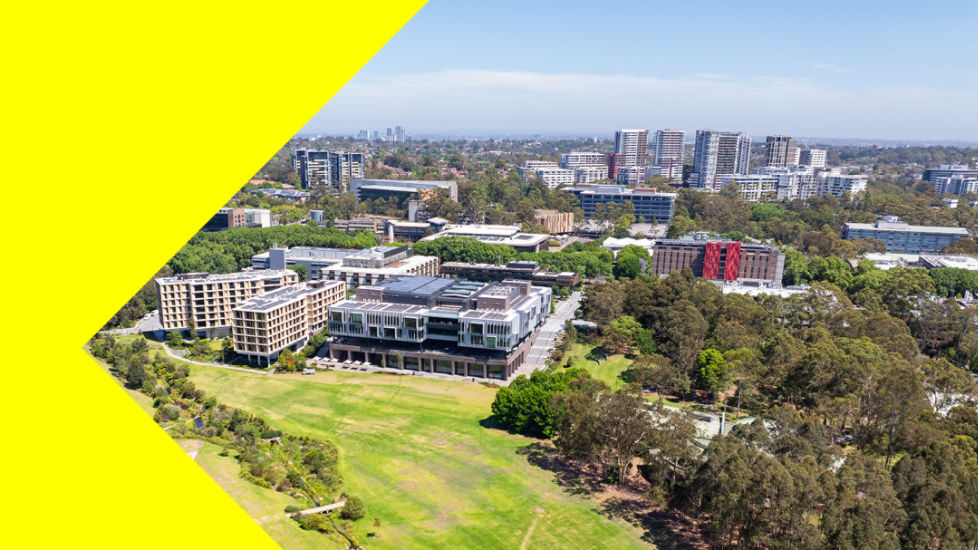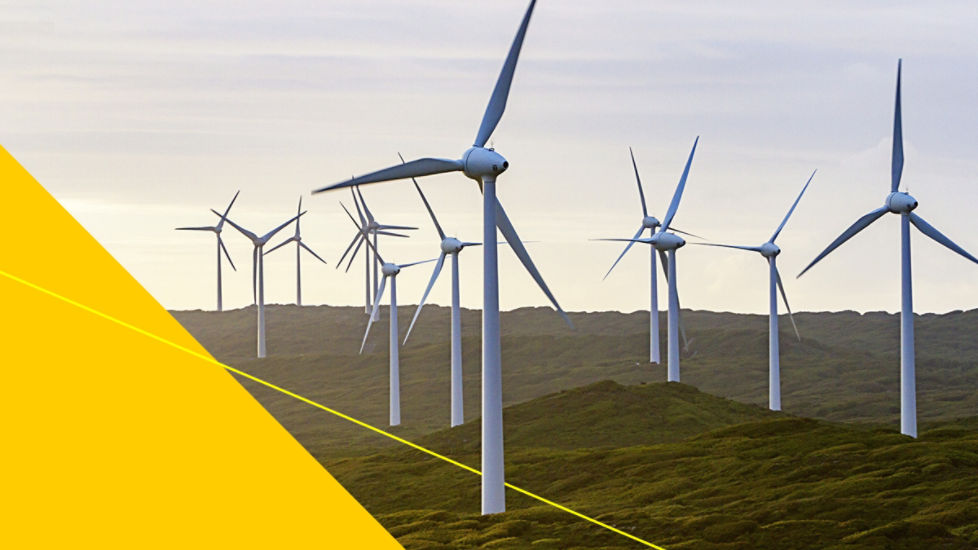Once upon a time, investors worried that putting their money into companies that delivered positive social and environmental impacts could affect their financial performance. However this may be changing. A 2020 study by Morgan Stanley Capital International (MSCI), for example, found that companies with high environmental, social and governance (ESG) scores had, on average, lower costs of capital.
Impact investing is now mainstream – but what is it exactly? It’s described differently among investors. Some define it as incorporating ESG considerations into their decision-making process. Others classify it as investing in businesses that aim to create additional, measurable environmental or social impacts.
Speaking at the recent sustainability conference - Momentum, Commonwealth Bank Group Executive Institutional Banking & Markets, Andrew Hinchliff, described climate change and the low carbon transition as “one of the defining issues of our time and capital allocation will ultimately drive the transition we need.”
Impact should reflect client concerns
Marayka Ward is Head of Sustainability for liquid markets at institutional investment firm QIC. She said in relation to impact her team focused on purchasing themed bonds such as green, social or sustainable bonds that finance a specific asset or project.
With these types of bonds, the investment’s positive impact – its decarbonisation opportunities, the number of teachers being employed, or number of hospitals being built, for example – is easy to identify.
Ward explains that the choice of bonds is also driven by client concerns – which mostly centre on climate change. Investors are also keen to avoid companies that have been ‘named and shamed’ for their poor sustainability record.
“We think about impact from the perspective of how the company's business operations are at odds with what our clients are trying to do,” she says.
Making an impact – Melbourne Airport
Marigold Look, Executive Director of Infrastructure at IFM Investors, says her organisation looks for investments with long-term financial returns as well as positive environmental and social impact.
At Melbourne Airport, for example, the business funded a 12-megawatt solar farm that spreads across 19 hectares (47 acres) – an area the size of 26 soccer fields. Opening in 2021, it provides 15% of Melbourne Airport's electricity needs annually – enough to power all four passenger terminals.
“It provides energy cost savings for the airport, so it delivers financial benefits,” explains Look. “It also provides positive environmental outcomes by preventing carbon emissions equivalent to removing 3,300 passenger vehicles from the road each year.”
The solar farm also reduces the airport’s transition risk exposure, and helped to accelerate its net zero target to 2025.
The challenge of measuring positive impact
Positive ESG outcomes can be hard to measure accurately. Companies must invest in this capability if they want to reliably track and report on their sustainability journey for all their stakeholders, says Natasha Morris, Managing Director of Responsibility and Impact at Adamantem Capital.
She explains that the private equity firm usually holds a majority stake in all the businesses it invests in. That means Adamantem Capital has a seat on the board and works actively with the management teams of its portfolio companies to assist with ESG data collection and measurement.
Adamantem Capital uses an ESG data collection tool that lets its businesses report on a wide range of metrics including:
- ESG performance
- emissions across the portfolio – including emission reductions as result of net zero planning
- gender diversity of CEOs, senior leadership teams and boards across the portfolio.
“Data can enhance the credibility of impact and responsible investing,” Morris says. “It also allows us to direct our efforts to things that both produce better financial returns and greater environmental social impact.”
When data gets difficult
Yet even with the right tools, it can be difficult to capture all data. For example, for a company to measure all its greenhouse emissions, it needs to include its:
- Scope 1 emissions produced on-site, such as through manufacturing and running vehicle fleets
- Scope 2 emissions from energy purchased by the company but generated elsewhere
- Scope 3 emissions from external businesses in the company’s value chain, including the transportation of goods, and how products are used and disposed of.
Measuring and then reducing Scope 3 emissions can be notoriously difficult, as it involves supply chains and stakeholders outside of a company’s control. To get there requires collaboration between companies, says Look.
“As major infrastructure owners, we work with our customers and suppliers to decarbonise,” she says.
Ward adds that data gaps are common when reporting on emissions. “[But] there are frameworks available to help companies and investors fill in those gaps,” she emphasises. “I don’t think we can use lack of data as an excuse to not move forward.”
Our impact investment experts
Marigold Look is Executive Director of IFM Investors, where she manages IFM Investors’ Net Zero Infrastructure portfolio strategy.
At IFM, Marigold has been involved with investments for the Australian Infrastructure Fund and Global Infrastructure Fund, including Colonial Pipeline (US), Pacific Hydro, Port of Brisbane, NSW Ports, NT Airports, Brisbane Airport and Adelaide Airport. She has extensive experience in investment evaluation, asset management, corporate finance and valuations. She has been a board member of NT Airports, Axiom Education and Eastern Distributor (M1 toll road).
Marayka Ward is Director, Sustainable Investing for liquid markets at QIC. Marayka joined QIC in 2002 from EY, initially to establish QIC’s in-house legal capability, before joining the fixed-interest team. Bringing global experience in credit analysis, trading and portfolio management, Marayka is responsible for sustainability integration and thought leadership across liquid markets portfolios.
Natasha Morris is the Managing Director of Responsibility and Impact at Adamantem Capital. She’s responsible for developing and implementing a best practice responsible investing strategy which is fully integrated across the investment decision-making process and portfolio company stewardship activities. This supports Adamantem’s ambition to deliver outstanding financial returns to investors alongside positive social and environmental outcomes.
To watch this session on-demand or explore other sessions from CommBank Momentum 2022, visit Momentum.




